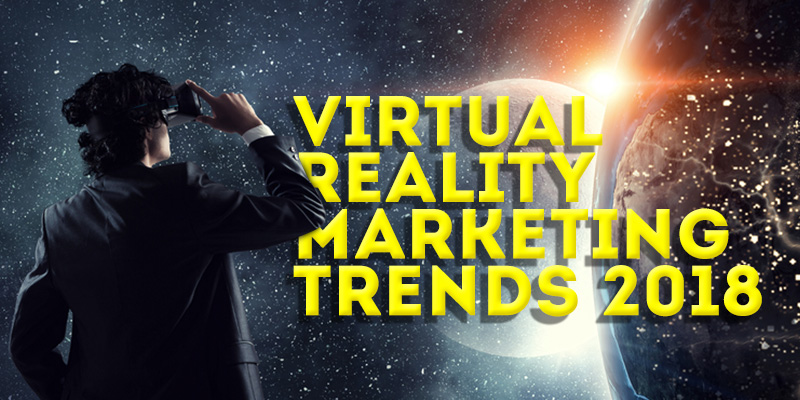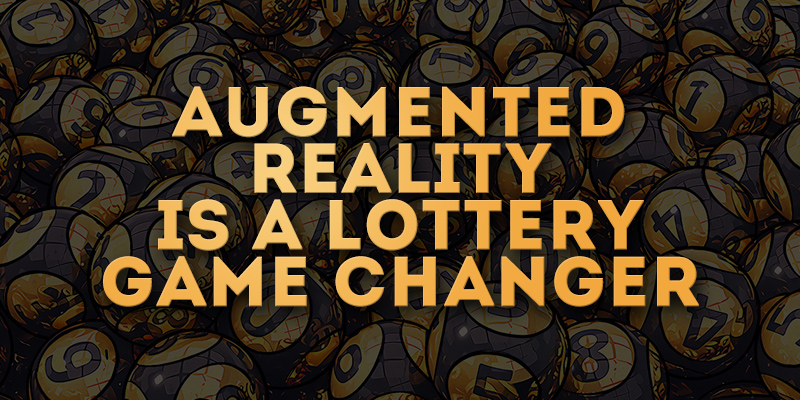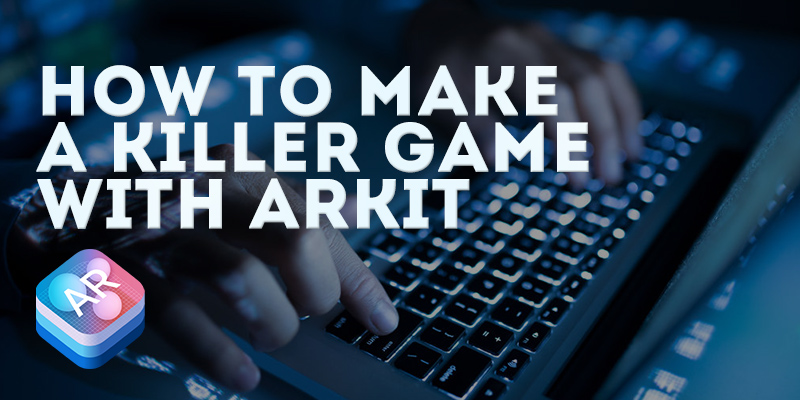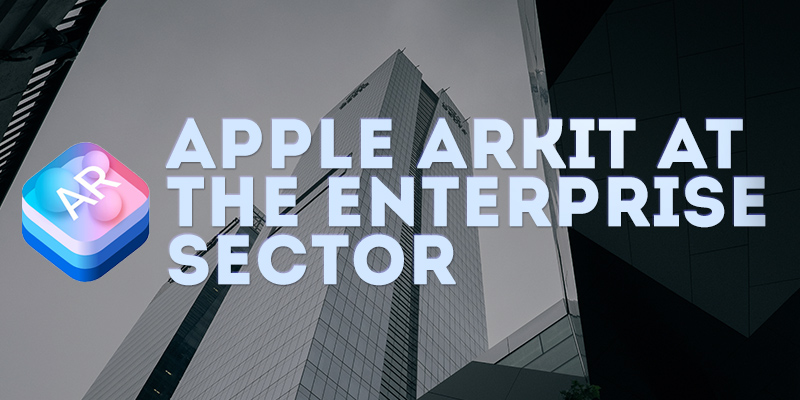Virtual reality is becoming a daily reality for an increasing number of consumers. With global revenue projected to top $3.7 billion by 2020, VR is well on its way to transforming a diverse list of industries. Among one of the fastest growing applications for immersive technology is virtual reality marketing. As companies from Tommy Hilfiger to Coca Cola demonstrate the sheer power of VR to engage customers, outdated selling strategies are giving way to ad campaigns that capture consumers like never before.
In this article, we take a fresh look at how VR marketing is being used to turn boring ads into immersive experiences that seize the imagination.
Why VR Marketing Works
Before we see a few examples of virtual reality in marketing, let us first see why virtual reality simply works as a marketing tool.
Merchandising presents more than just another business application for VR. It is, perhaps, the best business application for it. Consider the fundamental keys to effective selling:
- Access
- Presentation
- Engegement
Access
Thanks to the growth of VR headsets and viewers, consumers are already in VR space. Whether playing games, exploring Andromeda, sharing immersive experiences through social media, or watching 3D movies, people are stepping into other worlds by the droves. To reach out to the growing VR market, advertisers need not go any further than existing channels.
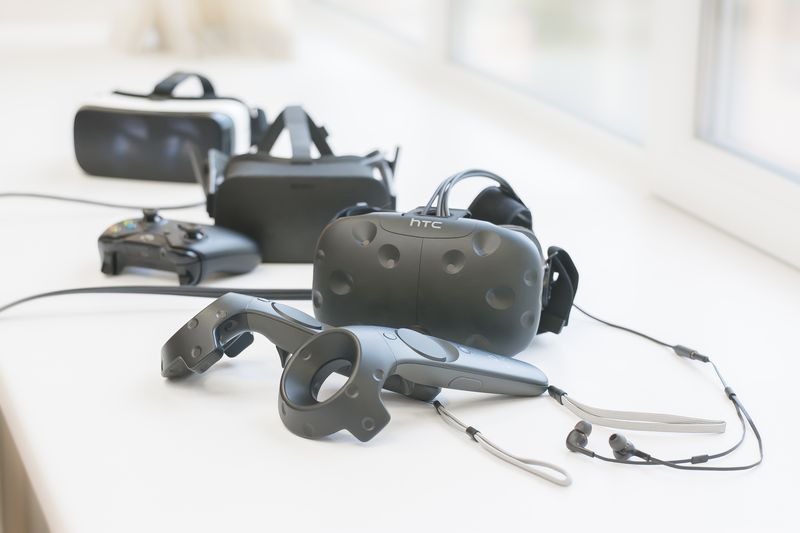
Presentation
Advertising is all about presentation. If an advertisement message is not appealing to the senses, the audience is lost from the beginning. With VR, you have the opportunity to show your customers and potential customers things they have never seen before — things no one has ever seen before, using stunning 3D graphics.
Engagement
Marketing has always been an exercise in psychology. Experts believe that VR stimulates the neocortex, limbic system, and primitive brain in ways not possible with conventional advertising. By involving a multitude of complex brain processes, VR marketing allows you to bypass common psychological barriers that can exist between your message and your market.
VR Technology in Marketing
Faced with the challenge of providing a high-end experience at a high-end price point, or providing a lesser experience within the budget of an average consumer, the VR industry decided to do both. With high-tech headsets and low-tech smartphone viewers available, the industry clearly intends to leave no one out.
For those who demand the best in interactive, immersive 3D reality, the Oculus Rift and
HTC Vive meet the challenge. At reduced price points of $399 and $599 respectively, a premium virtual experience is no longer beyond the reach of most consumers.
Even so, Google Cardboard and Samsung Gear VR put virtual reality into the hands of the masses. The Google Cardboard viewer can be purchased for under $20, or homemade from scrap cardboard, and the Samsung Gear VR can be yours for $129.
Virtual Reality Marketing Trends in 2018
Virtual reality marketing trends suggest that companies will embrace VR to the fullest in the years ahead. With a projected Compound Annual Growth Rate (CAGR) of around 54% for the period between 2017 and 2022, smart businesses are looking to VR to engage their customers and prospective customers in ways never before possible. Far removed from the flat appeal of the print ad, beyond even the power of targeted video advertisements, the virtual marketing experience promises to provide consumers with the next best thing to conventional brick-and-mortar shopping experience. Actually, it’s even better.
Want stats?
According to one study, 74% of consumers find VR ads less intrusive than regular digital marketing, with a 70% same-day-recall rate. Those numbers are more reflective of in-store marketing experiences than they are conventional advertising.
Now, let’s look at a few companies that use VR to engage customers and enhance sales.
VR Marketing in Tourism
If you think Google Street View is cool, imagine it on steroids and you will begin to see the potential value of VR to the tourist industry. Transforming the mouse-driven 360 degree concept into a 3D immersive experience, VR offers travel-related businesses the opportunity to plant their customers’ feet at the world’s hottest destinations before they even buy the ticket.
Until now, trying to decide which vacation spot would be the most exciting has been left to the traveler’s imagination. With little more than colorful travel brochures and short videos with which to help customers decide, travel agencies have struggled to attract business. But those days are over.
The Wildlife Trust of South and West Wales
VR videos are particularly well suited for conveying the beauty of picturesque destinations. The Wildlife Trust of South and West Wales has found that VR videos significantly increase tourism interest in country’s gorgeous hotspots.
The non-profit organization has already produced two VR videos, which immerse potential visitors into the Teifi Marshes Nature Reserve in 3D glory. Among tourists who have watched the videos, 85% say they intend to visit Wales—not a bad conversion rate, especially for an out-of-the-way destination.
VR Marketing Within eCommerce
Rapid advances in technology often gets ahead of the terms we use to defined it. The merger of eCommerce with virtual reality is such an example. Whether you choose to embrace the newest marketing term, vCommerce, or to remain a loyalist to its predecessor, be prepared for changes in how products are sold online.
Alibaba
Last year, Chinese eCommerce powerhouse Alibaba committed to incorporating VR technology into its customers’ shopping experience. This year, the eCommerce company added a new shopping option for its customers — a virtual store.
Named Buy +, the new feature is designed to preempt Alibaba’s customers from leaving the platform in search of their own virtual store.
To entice customers to go virtual, Alibaba has placed special offerings within their digital stores. If there is anything shoppers like more than a good deal, it’s a good deal that is also exclusive. Apparently, Alibaba has not let technology get in the way of good old-fashioned marketing tactics.
VR Marketing in Retail
VR marketing is starting to reshape the retail shopping experience. Major brands are increasingly comfortable offering virtual shopping solutions to their brick-and-mortar customers. This only makes sense, when you consider that marketing does not end at the store entrance. It is within the retail store that the most effective sales efforts take place.
Here are some marketing examples of companies that use virtual reality to engage customers and enhance sales.
Walmart
Retail giant, Walmart, is doing more than using VR to sell its products, it
intends to help build the VR retail marketing industry. The retail chain has created its very own retail startup incubator, dubbed Store No. 8.
Through their unique tech initiative, Wal-Mart will help build startups that will shape retail through VR technology. The grand debut of Store No, 8 was kicked off with all the pomp of a Hollywood gala. Only, in this case, it was not celebrities who were the stars of the show, but high-tech companies who presented their VR marketing technologies through a virtual reality showcase.
Lowe’s Home Improvement
Lowe’s was among the first major retailers to embrace augmented reality (AR). By providing customers with apps that allow them visualize the company’s products within their own home, Lowe’s didn’t just jump on the tech marketing bandwagon, they hopped in the driver’s seat. In keeping with Lowe’s cutting-edge marketing philosophy, the home improvement giant has rolled out a new VR tool to help customers become confident with DIY projects.
Introducing Holoroom, Lowe’s VR training lab for customers who are not comfortable undertaking home-improvement projects on their own. Available in select stores, at the moment, Holoroom allows customers to perform projects in a virtual environment before trying them in their homes. More than a novel VR experience — although it is that, too,
Holoroom makes use of VR to overcome a major marketing hurdle. If customers are more comfortable using the company’s products, they will be more likely to buy the company’s products.
Lowe’s Holoroom is a brilliant example of the value of virtual reality technology in marketing.
VR Marketing in Real Estate
Real estate marketing is experiencing a dramatic transformation. No longer are on-site visits or online galleries the only way to prospect a new home or business property. Thanks to VR technology, real estate agents can place their clients smack in the middle of a new home or business from the comfort of their own office.
Matterport
Matterport is just one of many companies bringing the power of VR to the marketing of properties. Through their 3D camera products, specialized software, and cloud-based services, this tech company provides all the tools agents and brokers need to immerse their clients into a virtual tour, whether the location is around the block or half-way around the world.
Sotheby’s International Realty
Australian real estate company, Sotheby’s International Realty, uses Matterport’s technology to deliver immersive tours of properties around the world. The company’s 3D interactive tours demonstrate quite well the power of VR to captivate buyers.
The Bright Future of VR Marketing
Although VR marketing is in its infancy, by all accounts it is one of the hottest trends in marketing.
VR lends itself perfectly to supercharging marketing campaigns, and creating entirely new marketing strategies. Just as radio and television disrupted, to a large degree, print advertising, VR technology will eventually disrupt conventional digital advertising mediums.
AppReal – VR Marketing Specialists
Virtual reality is soon to transform the face of marketing, from eCommerce to local business. Companies that embrace the power of VR in their marketing strategy will reap the benefits. As customers turn increasingly to sellers who can provide a 3D shopping experience, those who can deliver will capture both customers and sales, while those who can’t will fall behind.
Scary thing is, as a marketeer, what do you know about virtual technology? How can you hope to turn your marketing agency into a high-tech VR selling machine when you’re still trying to grasp the concepts yourself?
Clearly, you need a plan.
AppReal-VR specializes in providing leading-edge technology solutions to businesses around the globe. From mobile app and VR software development to monetization platform solutions, our team of professional developers has the skills and experience to turn your marketing ideas into high-tech marketing solutions.
Together, we can develop a custom VR marketing strategy that allows your company to meet customers where they will be found — in virtual reality.
We invite you to contact us, today, for a free consultation.
The VR marketing revolution is here. Are you ready?
